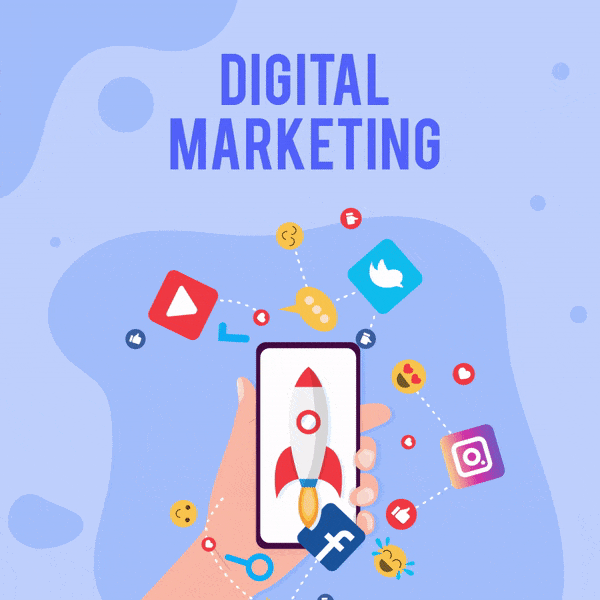As the adage goes, the only constant in this world is change. And that is certainly true for digital marketing. As new trends emerge, other established trends are simply gaining speed. Although 2021 may prove to be as hard to predict as 2020, marketing experts agree that businesses should be focus on conversation marketing, personalized messaging, and higher quality, more frequent content. Let’s take a look at these significant marketing trends and how your business can use each in your marketing plan for the new year.
Conversation marketing
Conversation marketing is gaining momentum heading into the new year. Defined as communicating one-on-one with consumers, conversation marketing uses chatbots, direct messaging, social media interactions, and other forms of direct communication. Recent research has shown that at least 82% of customers today expect immediate, or even real-time responses to their inquiries. Today’s consumer is becoming increasingly frustrated with impersonal advertisements and emails that don’t speak to their unique needs and challenges. They want detailed, expert answers to their questions — and they want it now.
The future of customer experience lies in conversation marketing. This means getting to know your customers, participating in meaningful interactions with them, and communicating in a more personable, human way. To do this, businesses are turning to live chat, video calls, intelligent chat bots, online and social media conversations, and more authentic and conversational email messaging. When customers feel heard, they feel valued, and will likely gravitate toward your business for future interactions and transactions. This type of customer experience increases revenue and customer loyalty.
Personalized messaging
According to a recent study, 57% of customers are disappointed with brands not providing personalized experiences — and 73% expect brands to personalize their buyer’s journey. A significant 91% of customers are more apt to shop with brands who offer personalized service than those that don’t. And of those customers, 80% are more likely to make a purchase. It’s no surprise, then, that marketers are looking for ways to personalize their messaging going into 2021!
One important way to personalize is through effective, targeted email marketing. A solid email marketing plan includes fleshing out buyer personas, researching your audiences’ needs and pain points, and building a marketing strategy around it all. How do you find out more about your target audience? It’s important to take a multi-pronged approach and listen to your customers.
- What questions are your prospective customers asking on social media?
- What do your web analytics tell you about their activity on your website? Are there certain pages that seem to get more or longer engagement?
- Which emails are they are opening more than others, and what insights can you glean from that information?
- What can you learn by sending a survey or questionnaire to your prospects or influencers within your target market?
- What do online reviews tell you about what works, and what doesn’t, with your client base?
All are great places to start.
More — and better — content
More people, including your target audience, are online this year, due in large part to COVID-19 disruptions. Your prospects are actively looking for content that speaks directly to them, solves their problems, and saves them and their company time and money. Going into the new year, we’re seeing marketers answer this need by publishing more, and better, content. One study revealed that 61% of marketers were publishing content multiple times a week (more than they had previously), and of those 89% found higher-quality leads this way compared to their other marketing efforts.
But does that mean you should simply churn out more content, regardless of quality? Not at all. In fact, not only should you create more high-quality content, but you should diversify the formats and channels you use. As an example (and not surprisingly), businesses are using more videos and voice search-optimized content to reach their audience. They also are making better use of social media tools like LinkedIn live streams, Instagram Stories and Reels, and TikTok. We’re also seeing brands leveraging group messaging options to directly speak to their customers. The bottom line: content still dominates, and 2021 trends continue to prove it.






